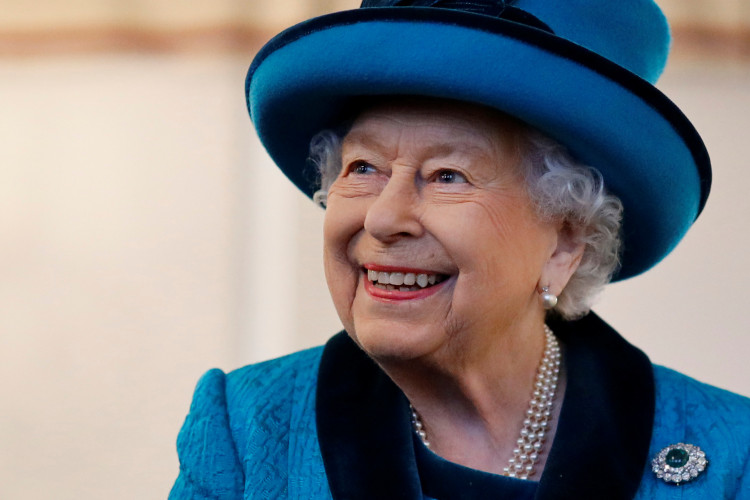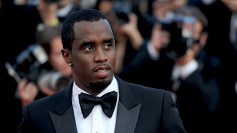Queen Elizabeth was not supposed to rule the British monarchy by virtue of her birth. Her father, King George VI was not the heir to the throne, but their lives of the royal family changed on Dec. 11, 1936, when King Edward VIII, King George's older brother announced he was giving up his throne for the love of a woman.
At that time, King Edward had no heirs; thus, his royal duties were passed on to his brother, Albert, then the Duke of York. Albert chose to be named King George to honor his father, King George V. As he ascended the throne, his first child, Princess Elizabeth, became the heir.
According to Daily Express, Edward's abdication was a nightmare for the royal family. Queen Mary even wrote her son letters begging him not to proceed with the abdication.
Edward chose to give up his crown so he can marry his beloved, the twice-divorced Wallis Simpson, an American. According to the law during this era, a member of the royal family could not marry a divorcee or someone with a different faith.
After he abdicated, the former king and Simpson left London to get married and stay in Paris for most of their lives. King George gave them the titles Duke and Duchess of Windsor, which royal experts said will never be used again in the royal family.
King George became the monarch until his death in 1952 due to lung cancer. Princess Elizabeth was in her mid-20s and was starting to raise a family with Prince Philip when she was given the biggest responsibility as the sovereign of England.
Had King Edward not abdicated his throne, Queen Elizabeth would have taken over as monarch in the '70s, when her uncle passed away. The former king and his American wife never had children in their marriage. Thus, Queen Elizabeth was still destined to have the crown.
Things could have changed, however, for Queen Elizabeth if she had a younger brother. During those days, the son in theline of succession always preceded daughters, per Mental Floss.
When Queen Elizabeth was born, she was the third in line to the throne. Until she was 10 years old, it would seem that her role in the royal family would be a minor one, similar to Princess Beatrice or Princess Eugenie.
Her uncle's abdication not only changed the course of the royal family but also fast-tracked Queen Elizabeth's ascent to become the monarch. Today, at 93 years old, she is the longest-reigning ruler of the British monarchy at almost 67 years.






